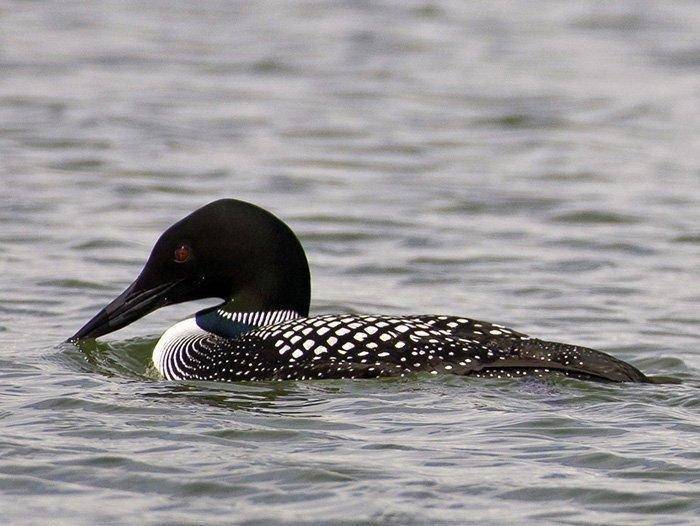DWR Press Release
VERNAL — An almost mythical bird — built for diving and with a haunting voice — stops in northeastern Utah every spring. You can learn more about this unique bird on April 21 at the Division of Wildlife Resources’ annual Loon Watch.
The free wildlife viewing event runs from 9 a.m. to noon at Steinaker State Park. The park, which includes Steinaker Reservoir, is just off U.S. Highway 191, about five miles north of Vernal.
Five loon species are found in the world. The second largest, the common loon, migrates through Utah on its way north in the spring and on its way back to coastal destinations in the fall.
“Common loon calls are often what you think of while watching a movie set in the northern territories of Canada,” says Tonya Kieffer, regional conservation outreach manager for the DWR. “They have a wailing, yodel-like call that echoes in the wilderness.”
Kieffer says the April 21 Loon Watch will happen at one of the US-191 pull-outs on the east side of the reservoir. “We’ll have binoculars and spotting scopes available to help you see, learn about and enjoy these unique birds,” she says.
Named for their awkwardness while walking, or for their calls (after an old Norse word meaning “to moan”), loons are at home on or under the water.
“They’re superb swimmers with torpedo-like bodies that are designed to catch fish,” Kieffer says. “Due to the placement of their feet, they can’t walk well, so they only use land during their nesting season. They require lakes with enough surface area for their erratic flapping-and-running takeoffs across the water. You’ll likely see birds take off during the event.”
Kieffer says common loons are common visitors in northeastern Utah. “Folks in the Basin don’t have to travel far to watch these birds,” she says. “With their bold black-and-white appearance, they’re a beautiful bird to watch. If we’re extremely lucky, we might even hear the birds call during the event.”
You don’t have to register for the free event, but Kieffer encourages you to complete an online form. Completing the form will help the DWR make future events even better. The form is available online.
For more information about the Loon Watch, call the DWR’s Northeastern Region office at 435-781-9453.
Loons in the Basin
Kieffer says a migratory population of loons passes through the Uinta Basin every spring. “The loons are fairly consistent,” she says. “They usually arrive around April 1, or just after the ice leaves the reservoirs.”
This spring, though, the loons are already here. “We spotted loons on Steinaker and Starvation reservoirs in March,” she says. “We’re hoping a decent number stick around for the event.”
In the past, biologists have reported seeing more than 200 loons on different reservoirs in the Uinta Basin on a single day. “Steinaker Reservoir seems to be one of their hotspots,” Kieffer says. “Single-day counts of around 60 loons have been common.”
Kieffer says loons eat mostly fish and breed on quiet, remote freshwater lakes in the northern U.S. and Canada. They need crystal-clear lakes to see their prey underwater, so their presence indicates excellent water quality at the waters where they’re found.

